How to keep fitted sheets on a bed – and stop them slipping in the future
Bedding experts share their tips and tricks for eliminating this annoyance
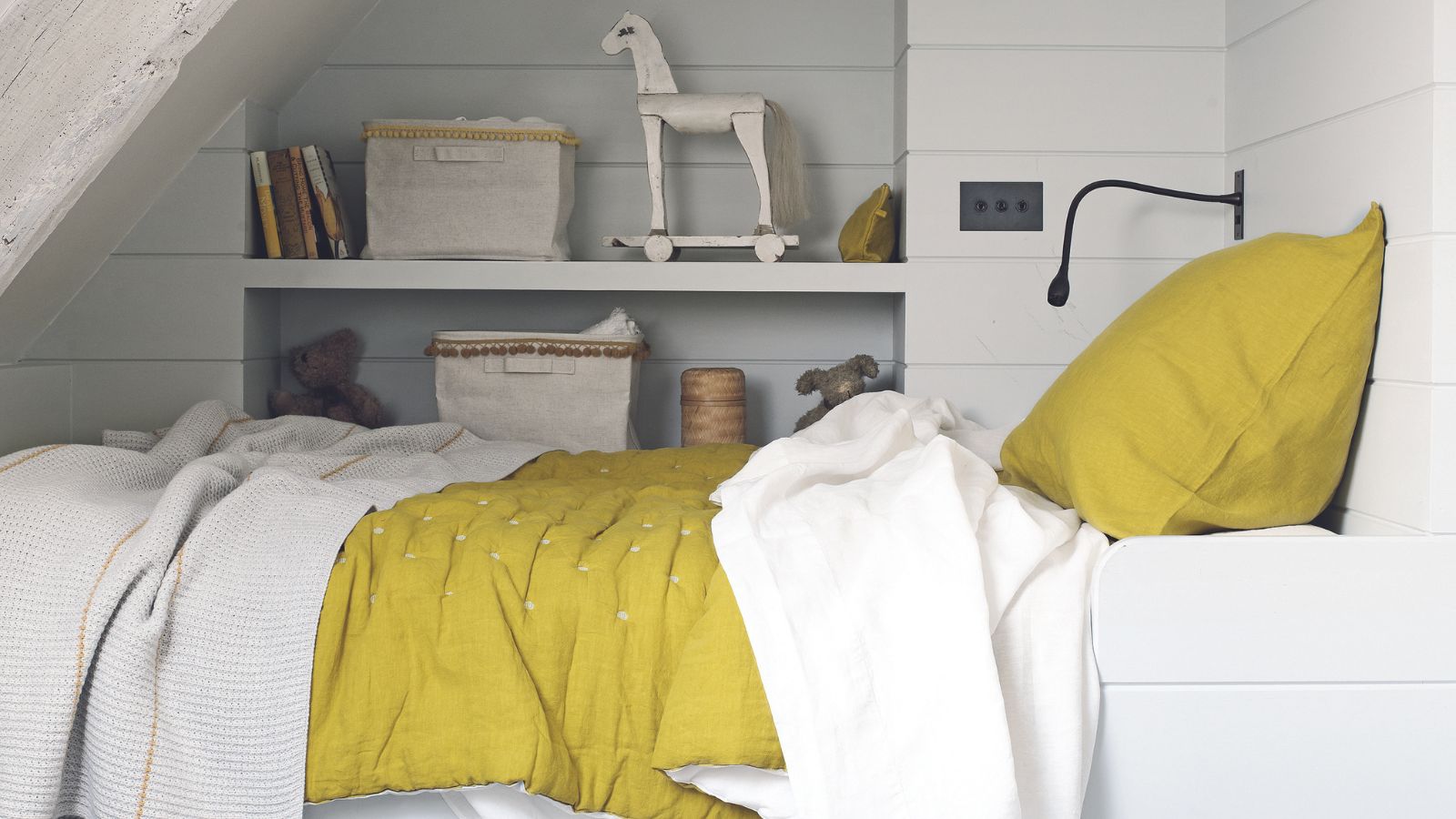

Ottilie Blackhall
Changing and re-making the bed is a pesky task made even more annoying when your fitted sheets keep popping off your mattress. After all, wrinkled sheets, or those that become entirely detached from the mattress, don’t make for a good night’s shut-eye.
So, is there a way to stop this from happening and keep fitted sheets firmly where they belong?
Here, we spoke to bedding experts to find out how to keep a fitted sheet in place, and their tips on making a bed the right way.
How to keep fitted sheets on a bed
1. Buy the right size

It may seem obvious, but size really is key to whether fitted sheets stay put on a bed. The sheet size must be appropriate to the mattress size – don’t opt for a smaller sheet thinking that the elastic will help it stretch to fit a larger mattress.
What’s also crucial is the pocket size: the depth of the corners of the sheet. Jin Chon, co-founder of Coop Sleep, advises, 'When shopping for fitted sheets, it's imperative to understand the thickness, or depth, of your mattress. While standard mattresses usually range from seven to nine inches, more modern mattresses, such as the plush or pillow-top designs, can be upwards of 15 inches.
‘The pocket size of a fitted sheet, which refers to the depth of the sheet’s corners, must be adequate to accommodate the mattress thickness. A too small pocket may result in the sheet not staying on the bed, and a too large pocket may cause it to shift or slide off.’
Tina Guevara, founder and principal designer at Juliette Sebastian Interiors, recommends the Utopia Bedding Fitted Sheets Set available at Amazon, which comes in seven sizes, as 'it’s affordable, shrink-resistant, and designed for mattresses up to 16 inches.'
2. Focus on sheet quality
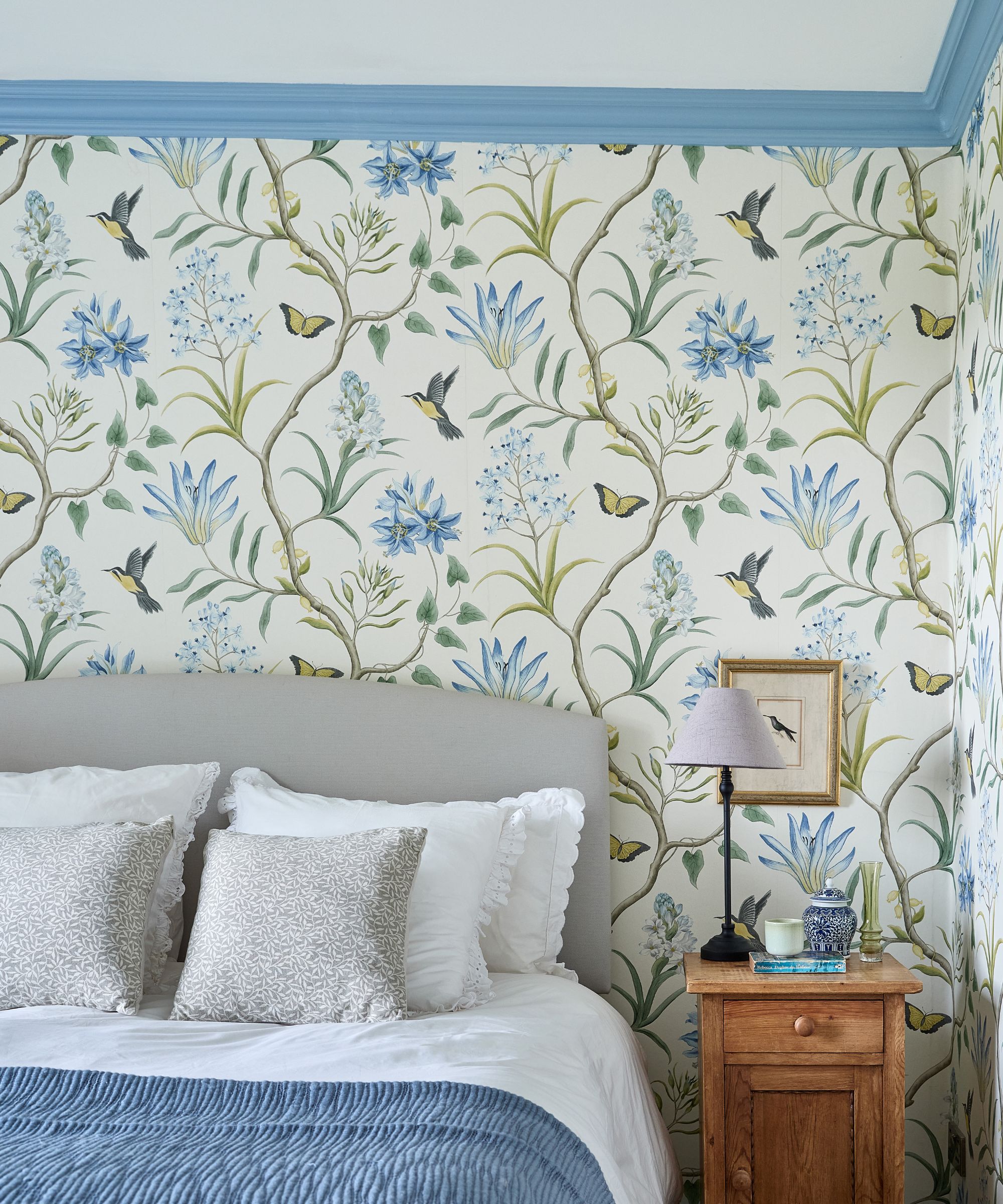
The fabric a sheet is made from can make a difference in whether it feels more slippery. For example, among the best luxury bedding, silk and satin have a different texture from cotton. But, use an undersheet or mattress topper (see more below) and this should ensure that fabric type isn’t an issue.
Jessica Carrington from Comphy, however, highlights that keeping fitted sheets on a bed often 'has less to do with the fabric, and more to do with the elastic around the fitted sheet.'
Therefore, if you're having trouble keeping fitted sheets on the bed, you might want to swap to those that are designed with elastic all the way round, such as the Microfiber Fitted Sheet available at Wayfair, rather than only at the corners. Look for thick elastic, too, as this will also help to keep fitted sheets on the bed.

With over 255,000 five star reviews, these bed sheets feature all-around elastic, for a snug fit that won't pop off.
3. Put the sheet on the best way
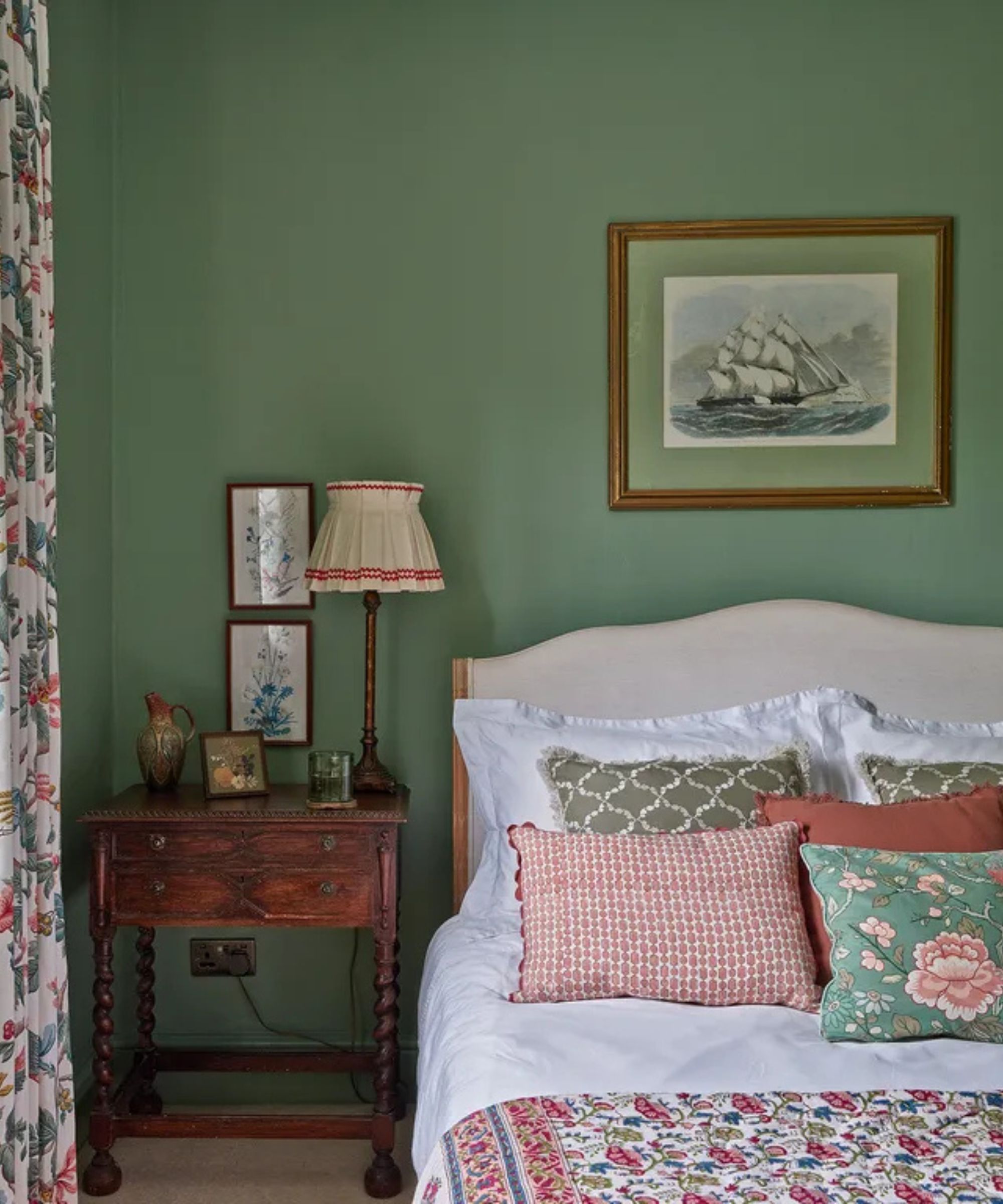
Christina Heiser, bedding expert at Saatva, the Smarter Luxury Sleep Company, explains, 'How you make your bed can impact how well your sheets stay in place. Starting with the top corners first ensures a tighter fit, as these are usually the hardest to secure.
'From there, you can stretch the sheet evenly across the mattress, for a smooth, secure finish,' which will also help to make your bed look more expensive, too.
4. Use an under sheet

If your fitted sheets tend to slip, adding an under-sheet with a rougher texture can create the friction needed to keep everything in place.
Bedding expert Shari explains, 'Flannel (such as the Flannel Fitted Sheet available at Wayfair) or fleece works great for this purpose, especially with silk or satin sheets, which are naturally more slippery.'
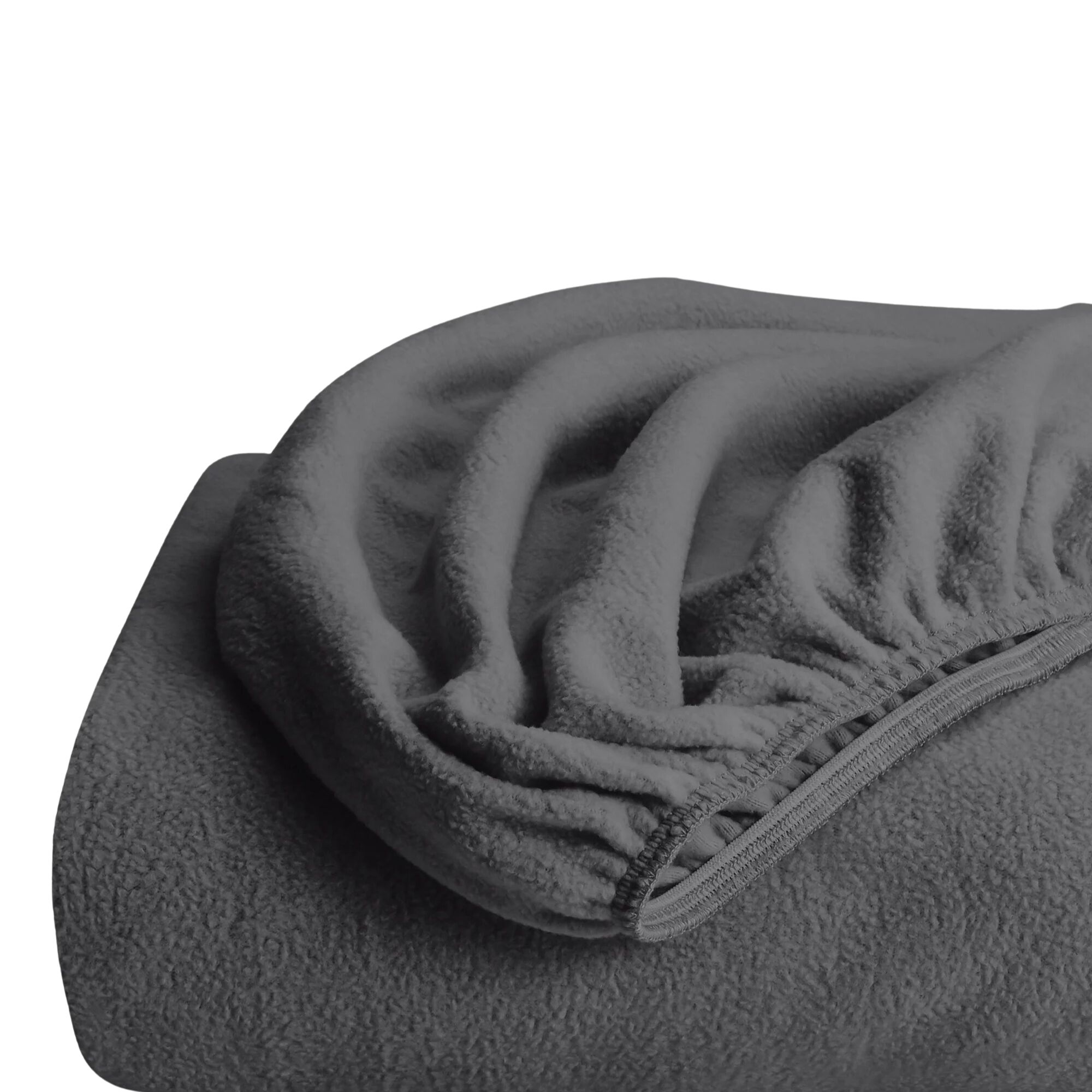
This plush and lightweight fleece fitted sheet will keep cotton or silk fitted sheets in place, and keep a mattress topper from sliding.
5. Try a mattress topper
The best mattress topper might also solve the problem of pesky fitted sheets that won’t stay on the bed.
Bedding expert Chon says, 'A mattress pad or topper (such as the LINENSPA Memory Foam Mattress Topper available at Amazon) can provide extra thickness and a more textured surface to your bed, allowing a fitted sheet to fit more snugly and reducing the chances of slipping.
'Additionally, these toppers can offer better edge support to help keep the sheet in place. Remember, though, with this added depth, you might want to consider fitted sheets with deeper pockets.'
If you're not sure how to choose when buying a mattress topper, it's important to know how thick your mattress topper should be, to fit under your fitted sheet, but still provide comfort and pressure relief.

This soft and comfortable mattress pad is durable and tumble-dry safe, for convenient cleaning.
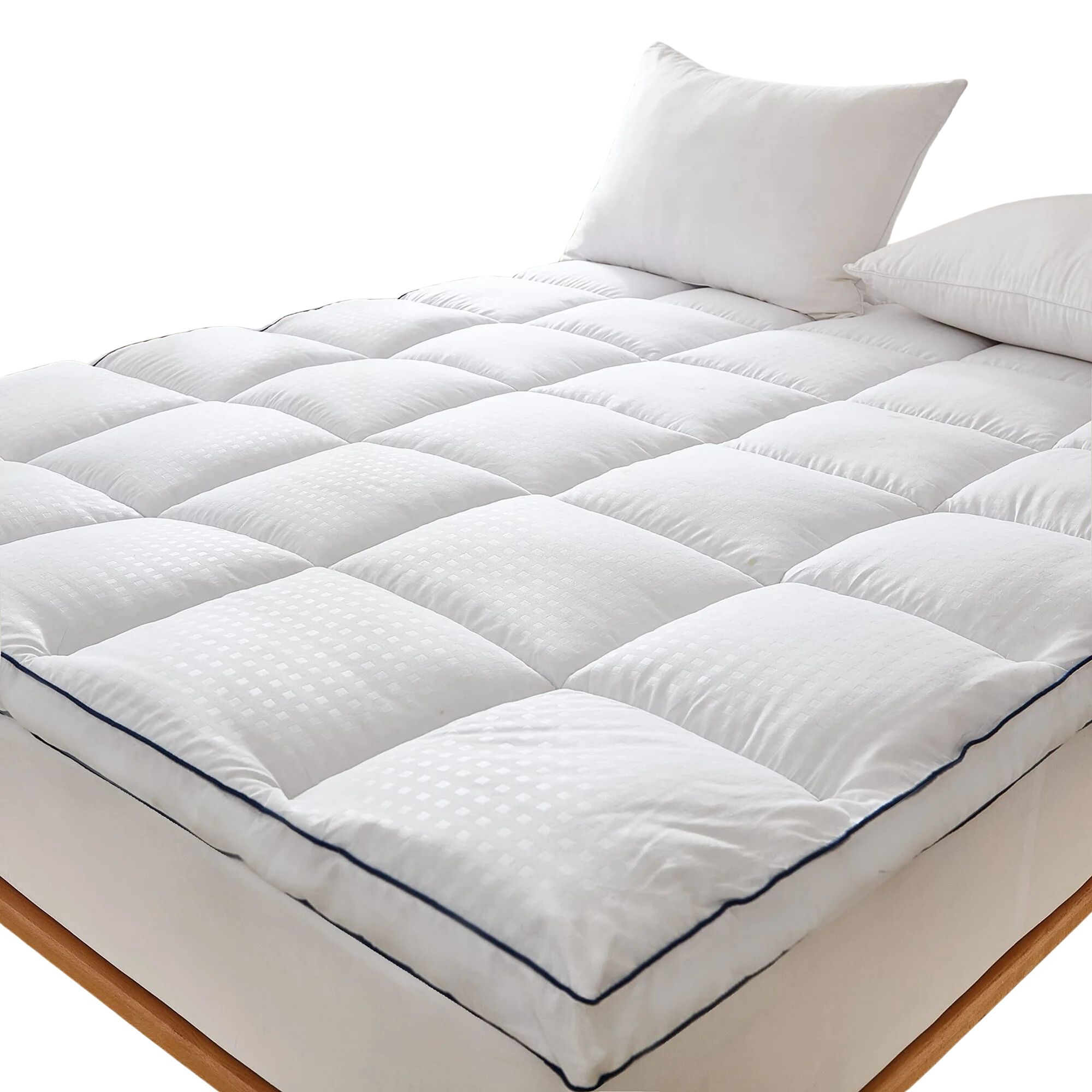
Filled with a luxurious down alternative, this mattress topper stays in place with a no-slip design.
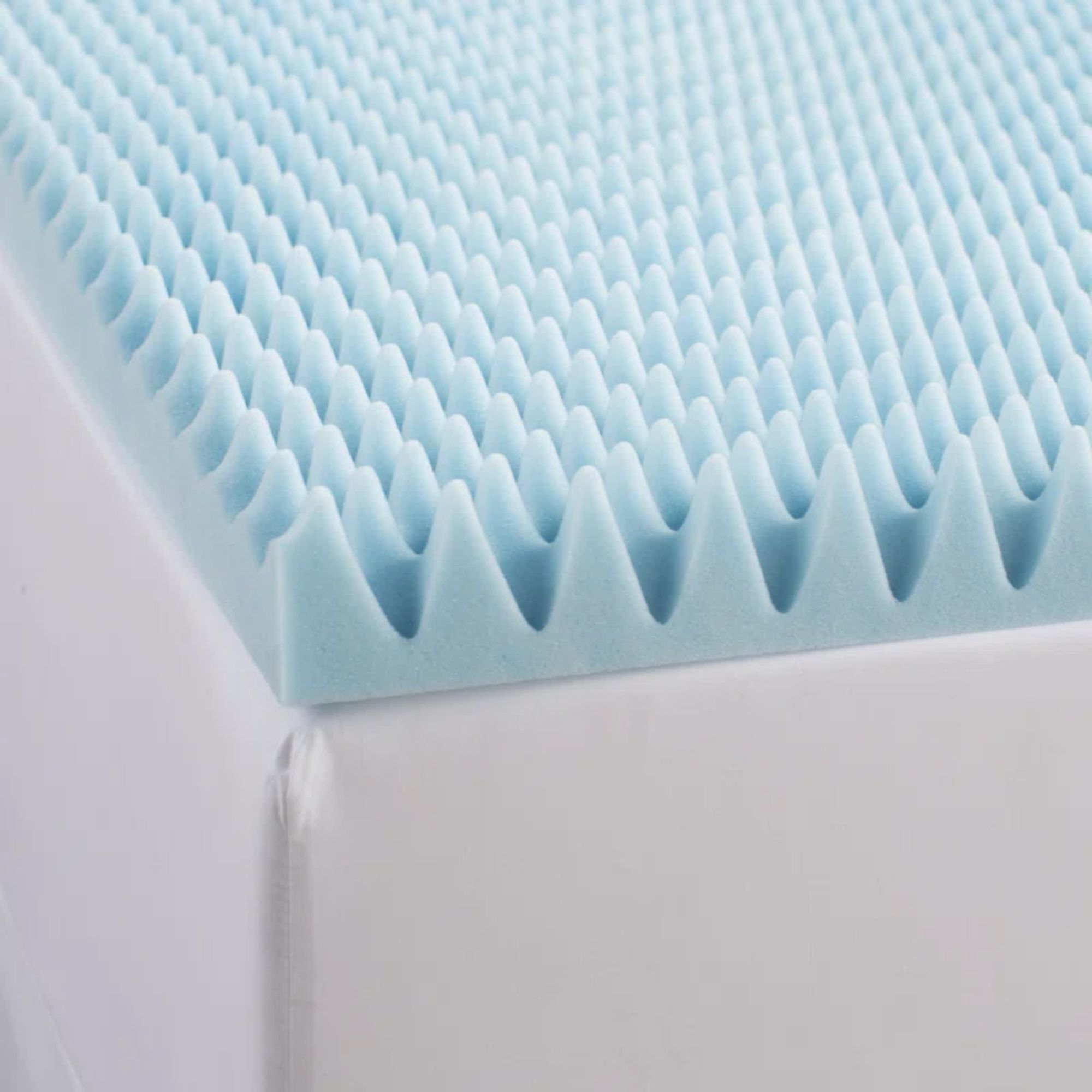
This three-inch thick gel mattress topper is designed to relieve pressure with temperature-mediating gel.
6. Add a sheet holder
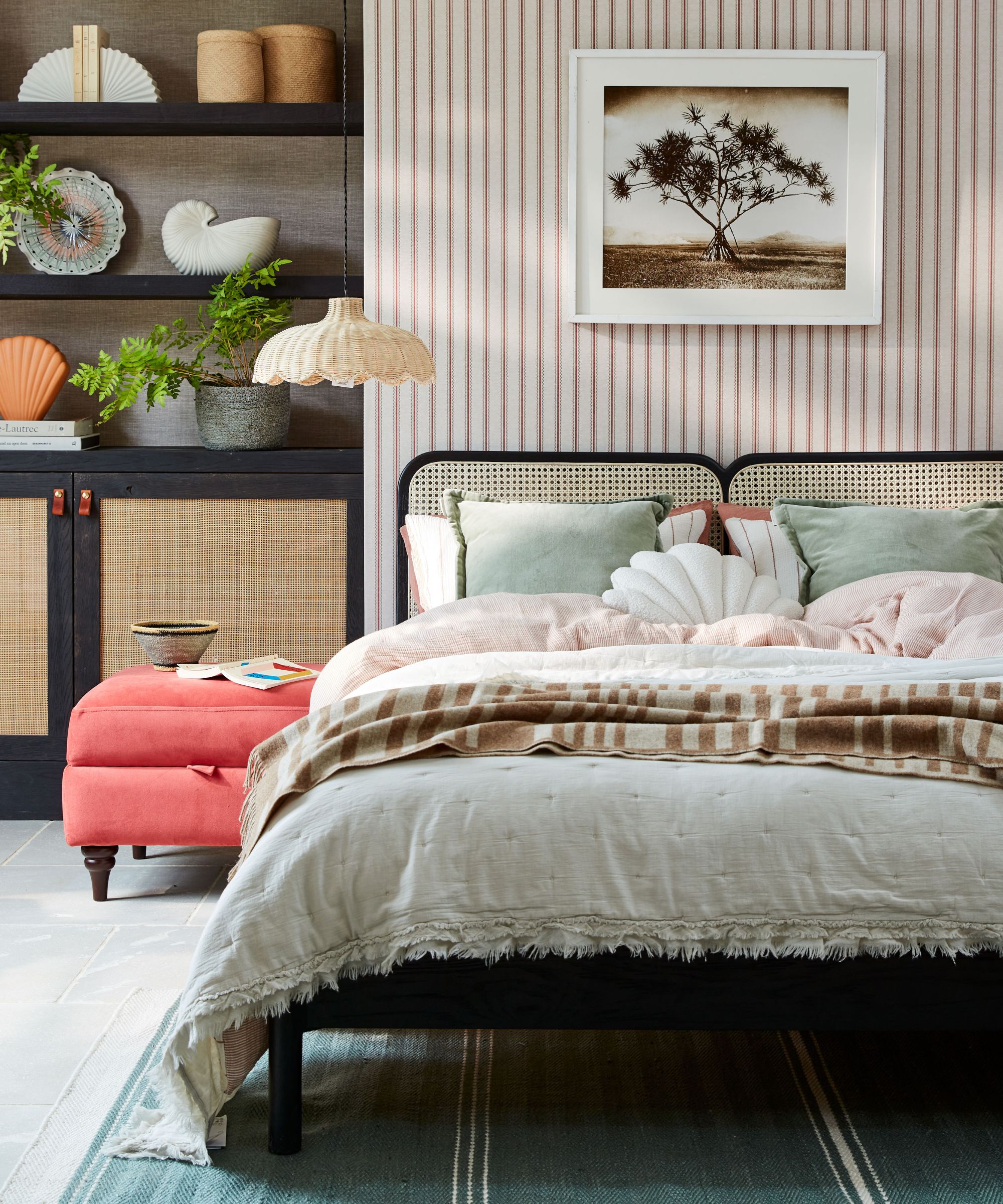
Another option for keeping fitted sheets on a bed is by adding a bed sheet holder, such as the Bed Sheet Holder Straps available at Amazon.
Jason Wingate, co-founder and product developer at Zlumber, recommends the ZlumberLock, available at Zlumber. 'Patented and unique, it keeps sheets in place by placing four plastic "corners" on the mattress that attach to your fitted (and top) sheets. There's a plastic grove that you put the top or fitted sheet on (once on, the ZlumberLock is virtually invisible) and nothing will take it off. You can adjust it to make the sheets as tight or loose as you want.'
As bedding expert Heiser recommends, you can also use non-slip corners, such as the Rabenda Non Slip Rug Pads Grippers available at Amazon, to stop sheets from shifting. 'By attaching these to the underside of your sheet, you'll increase the grip between your mattress and bedding, making your sleep setup more secure.'
You can also create your own sheet straps using elastic bands for an easy and cost-effective solution. 'Adding a locking mechanism ensures the straps are easy to attach and remove, offering both convenience and a custom fit,' adds Heiser.
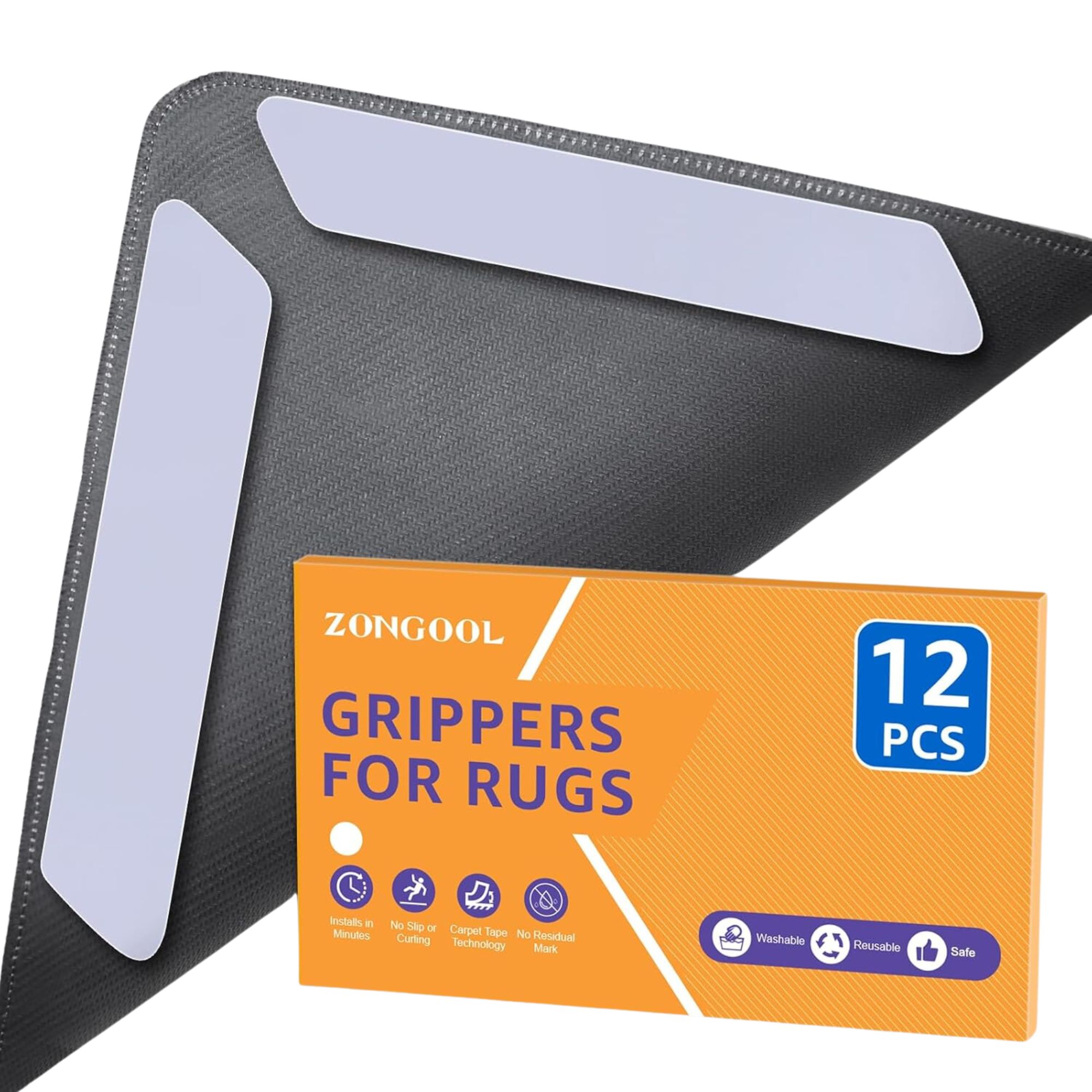
These easy-to-install pads are washable and reusable, meaning they can be washed with your bed sheets without leaving residue or damage.
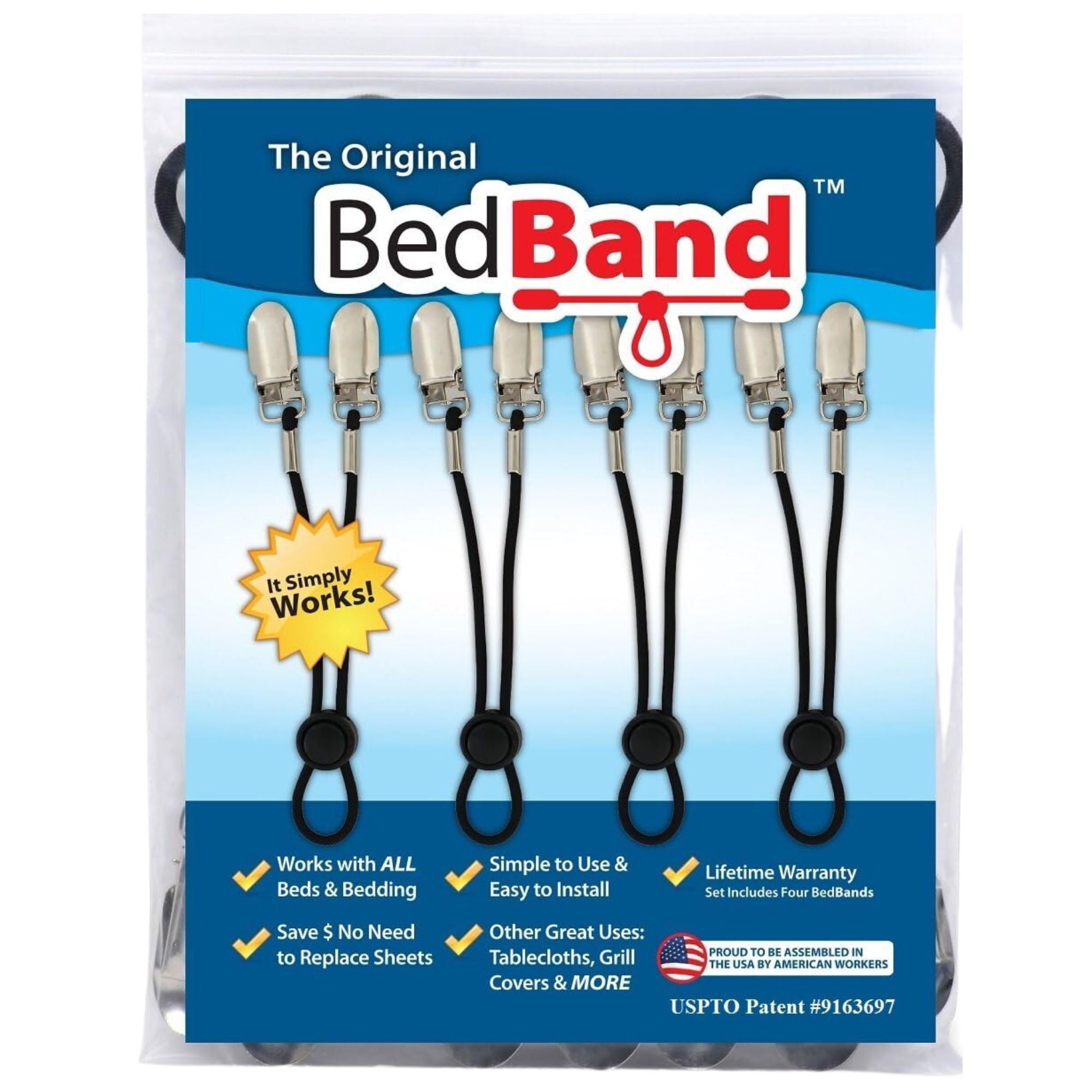
This highly-rated nifty device comes as a pack of four bands that can be tensioned and clipped onto each corner of a sheet to hold it in place.
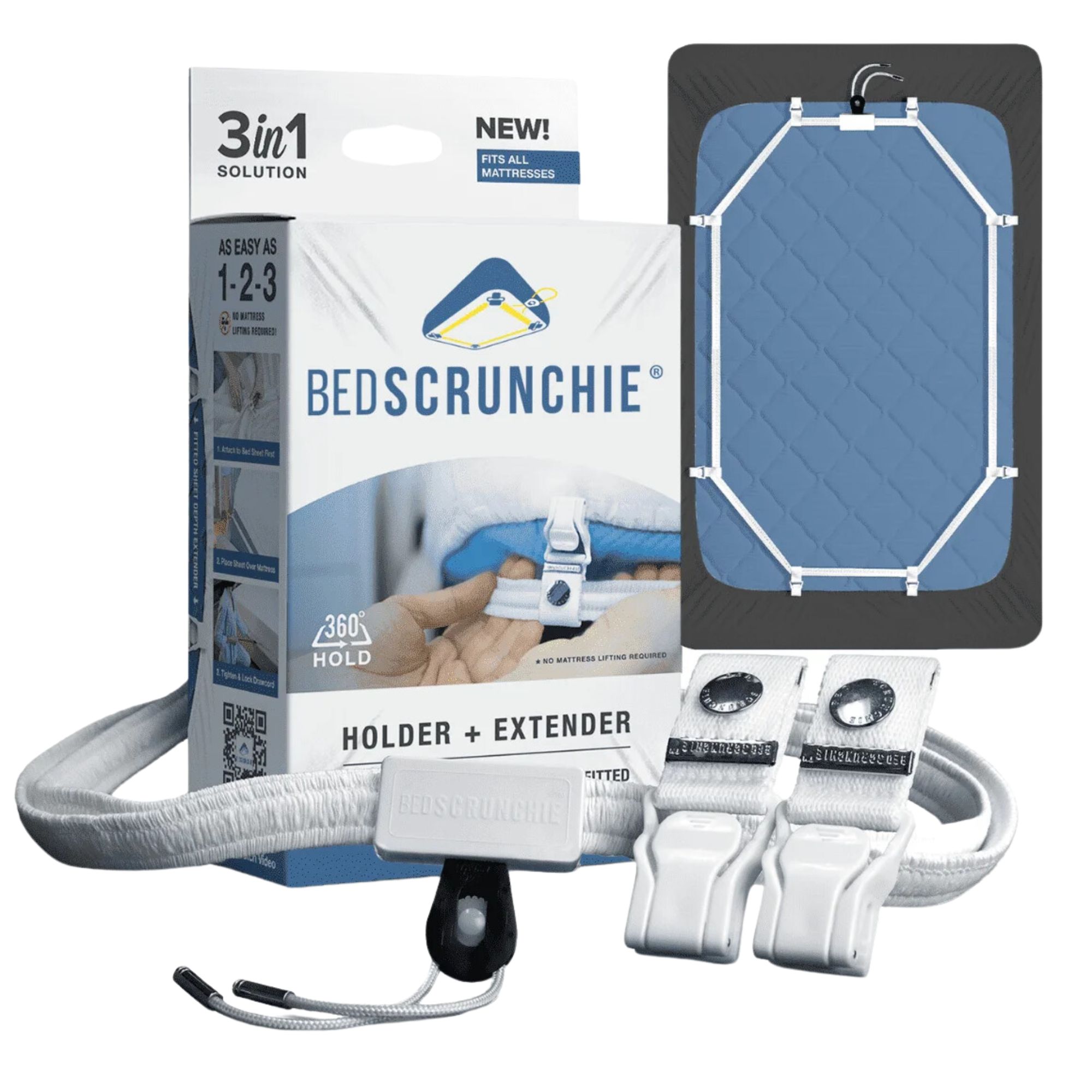
This adjustable elastic strap clips onto the edges of the sheet all around, and sits below the mattress. It can be tensioned once in place to hold the sheet in position.
FAQs
How do hotels get sheets so tight?
Hotel beds are made so that the sheets are tight, and much of the secret lies more in the technique than the bedding luxury hotels use. Importantly, flat sheets are tucked in using hospital corners to keep them in place.
To create hospital corners, with the sheet draped evenly across the bed, first, tuck the sheet under the mattress at the foot of the bed.
Then, standing at one corner take hold of the lower edge of the sheet around 12 to 16 inches up from the foot of the bed. Lift this edge and fold it on top of the mattress; there will be a fold at a 45º angle to the corner of the mattress.
Hold the folded fabric in place and, with your other hand, tuck in the fabric that’s hanging down. Now lower the fabric folded on the top of the bed and tuck it in. Repeat for the other corners.
Fitted sheets are super convenient and with the right size, and good bed-making technique – perhaps along with some nifty gadgets – you can make sure they stay put on the bed. Where they can seem less convenient than flat sheets is when it comes to storing the freshly laundered sheets ready for re-use. Next, learn how to fold fitted sheets so they can be neatly stashed.
Sign up to the Homes & Gardens newsletter
Design expertise in your inbox – from inspiring decorating ideas and beautiful celebrity homes to practical gardening advice and shopping round-ups.

Sarah is a freelance journalist and editor. Previously executive editor of Ideal Home, she’s specialized in interiors, property and gardens for over 20 years, and covers interior design, house design, gardens, and cleaning and organizing a home for Homes & Gardens. She’s written for websites, including Houzz, Channel 4’s flagship website, 4Homes, and Future’s T3; national newspapers, including The Guardian; and magazines including Future’s Country Homes & Interiors, Homebuilding & Renovating, Period Living, and Style at Home, as well as House Beautiful, Good Homes, Grand Designs, Homes & Antiques, LandLove and The English Home among others. It’s no big surprise that she likes to put what she writes about into practice, and is a serial house renovator.
- Ottilie BlackhallNews Writer
-
 This once-dated kitchen is now a timeless space with the coziest details – and its the classic color palette that's made it a chic, welcoming space
This once-dated kitchen is now a timeless space with the coziest details – and its the classic color palette that's made it a chic, welcoming spaceWarming colors and natural materials combine to create this enduringly classic kitchen scheme
By Molly Malsom Published
-
 How to grow crepe myrtle in pots – and transform even the smallest of yards with dazzling flowers this summer
How to grow crepe myrtle in pots – and transform even the smallest of yards with dazzling flowers this summerGrowing crepe myrtles in pots will inject splashes of brilliant color into your outside space
By Thomas Rutter Published
-
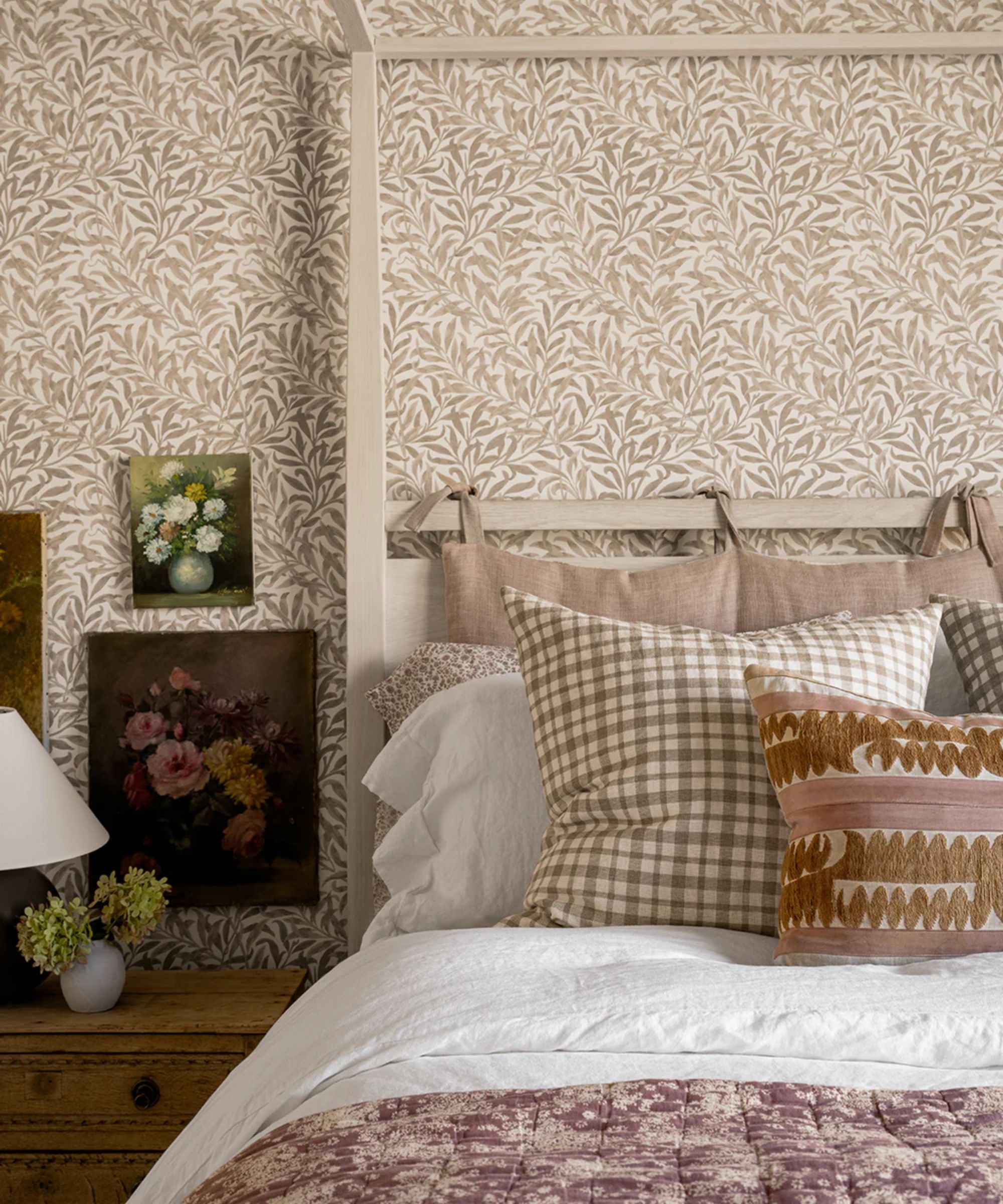 6 ways to prevent mold and damp in bedrooms – expert solutions to maintain a safe sleep environment
6 ways to prevent mold and damp in bedrooms – expert solutions to maintain a safe sleep environmentDon't sleep on these six tips, experts urge
By Seraphina Di Mizzurati Published
-
 I tried the easy Reverse Advent Calendar decluttering method to clear out my home before Christmas – it's brilliant if overwhelm usually gets in your way
I tried the easy Reverse Advent Calendar decluttering method to clear out my home before Christmas – it's brilliant if overwhelm usually gets in your wayIt left my home feeling lighter with minimal effort
By Ciéra Cree Published
-
 I tried the one-in-one-out method to keep my space clutter-free and it changed my relationship with shopping for good
I tried the one-in-one-out method to keep my space clutter-free and it changed my relationship with shopping for goodI added a few caveats that made the rule work better for me
By Ciéra Cree Published
-
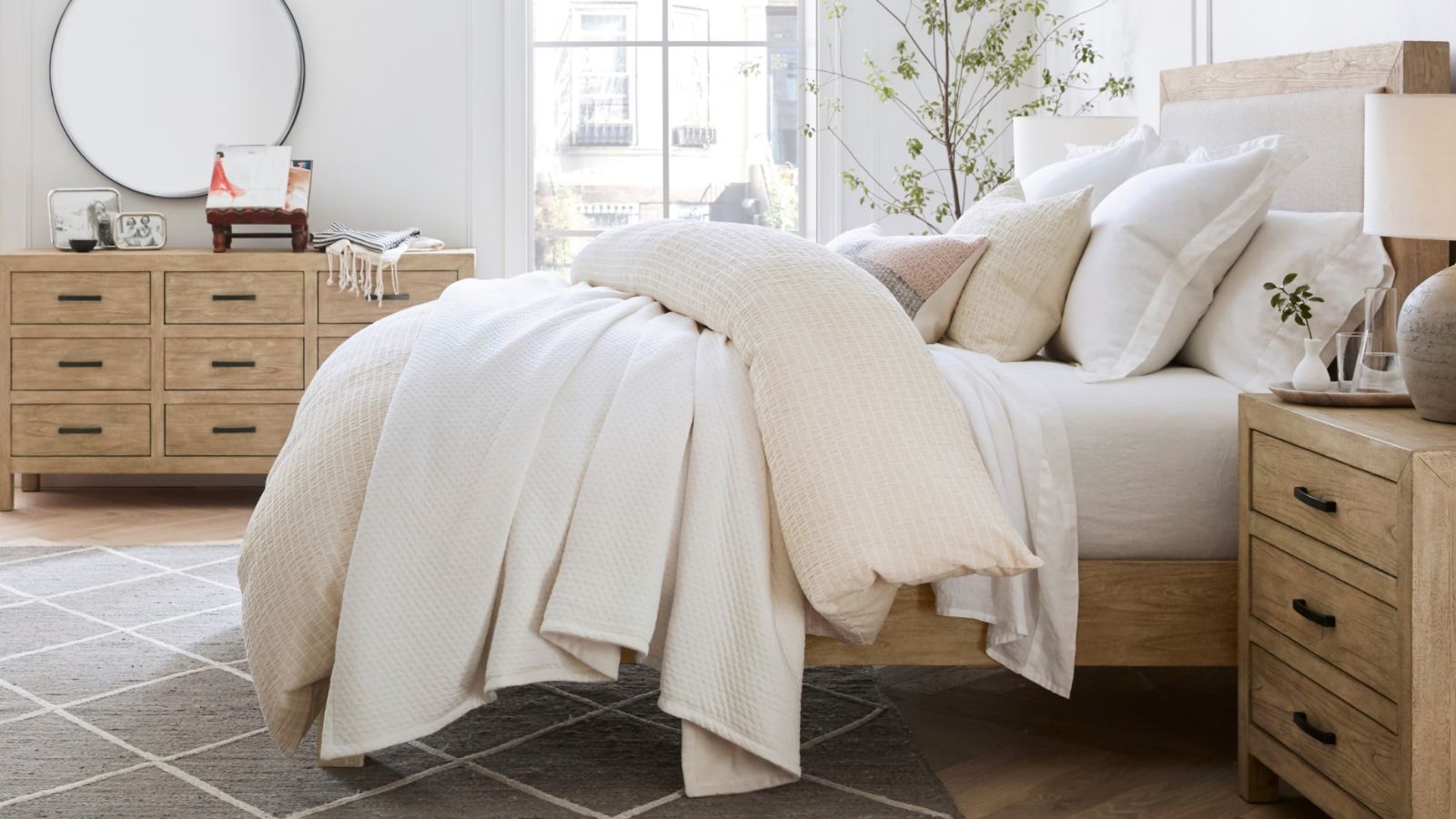 Sleep scientists warn that your bedroom might be making you feel groggy – learn to optimize your space for a more refreshing wake-up
Sleep scientists warn that your bedroom might be making you feel groggy – learn to optimize your space for a more refreshing wake-upMake yourself a morning person with these simple upgrades
By Chiana Dickson Published
-
 8 things you should never store in a playroom and where to put them instead
8 things you should never store in a playroom and where to put them insteadRead our top tips on how to keep your playroom organized and fun at the same time
By Sophie Warren-Smith Published
-
 7 fall home maintenance tips experts never skip in their own properties
7 fall home maintenance tips experts never skip in their own propertiesSeven pro steps to maintain your home this fall
By Andy van Terheyden Published
-
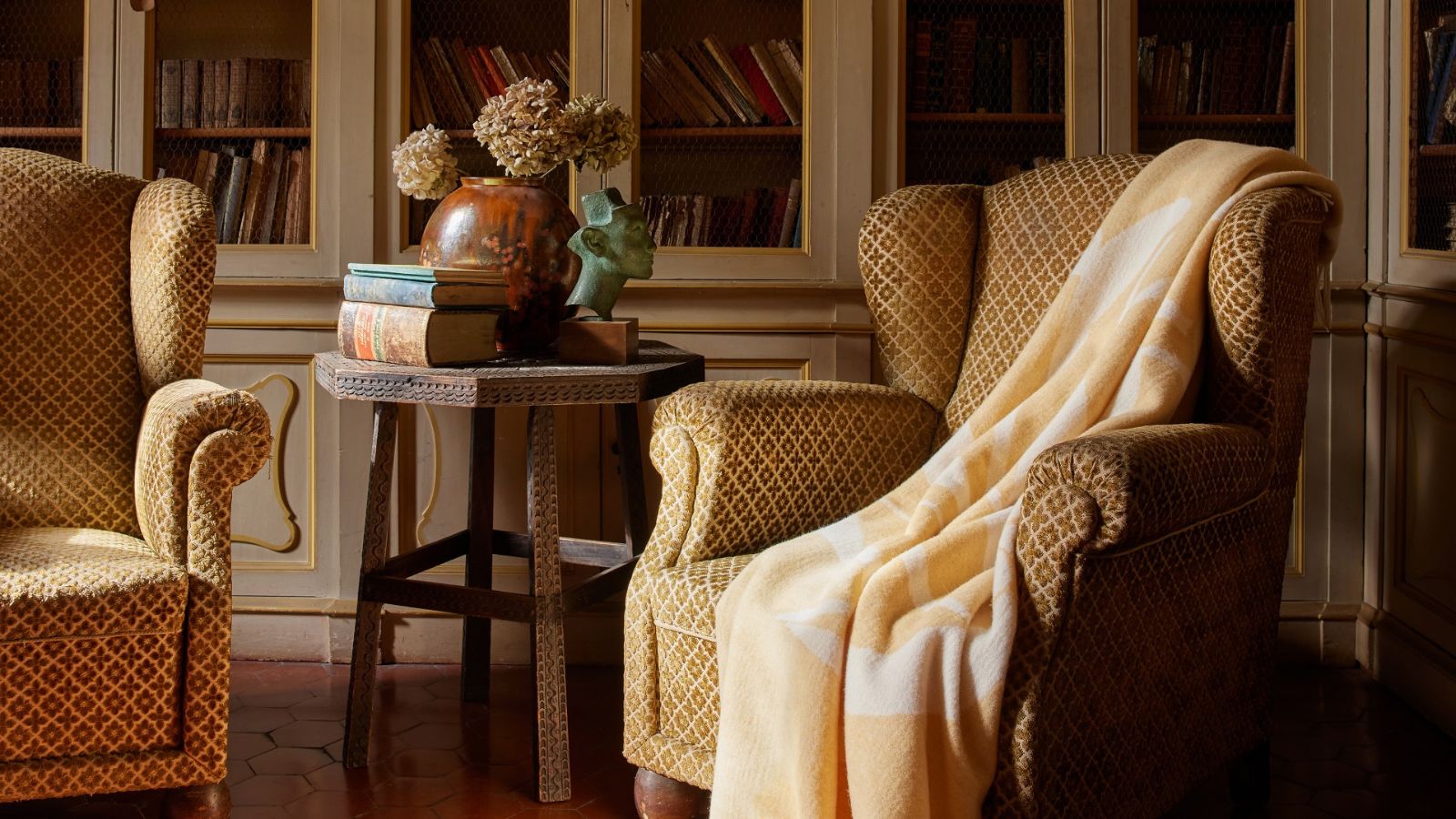 I’m in chronic pain and have used heating pads for 15 years to cope at home in cold weather – the best I've ever used is on sale for Amazon Prime's last day of deals
I’m in chronic pain and have used heating pads for 15 years to cope at home in cold weather – the best I've ever used is on sale for Amazon Prime's last day of dealsI've used more than 30 electric heating pads and they're my go-to for pain relief
By Punteha van Terheyden Published
-
 A professional organizer's best seasonal storage tips for living rooms – they're the key to having easy access, reduced clutter and improved functionality
A professional organizer's best seasonal storage tips for living rooms – they're the key to having easy access, reduced clutter and improved functionalityWelcome in the new season with stylish storage tips for fall
By Ottilie Blackhall Published